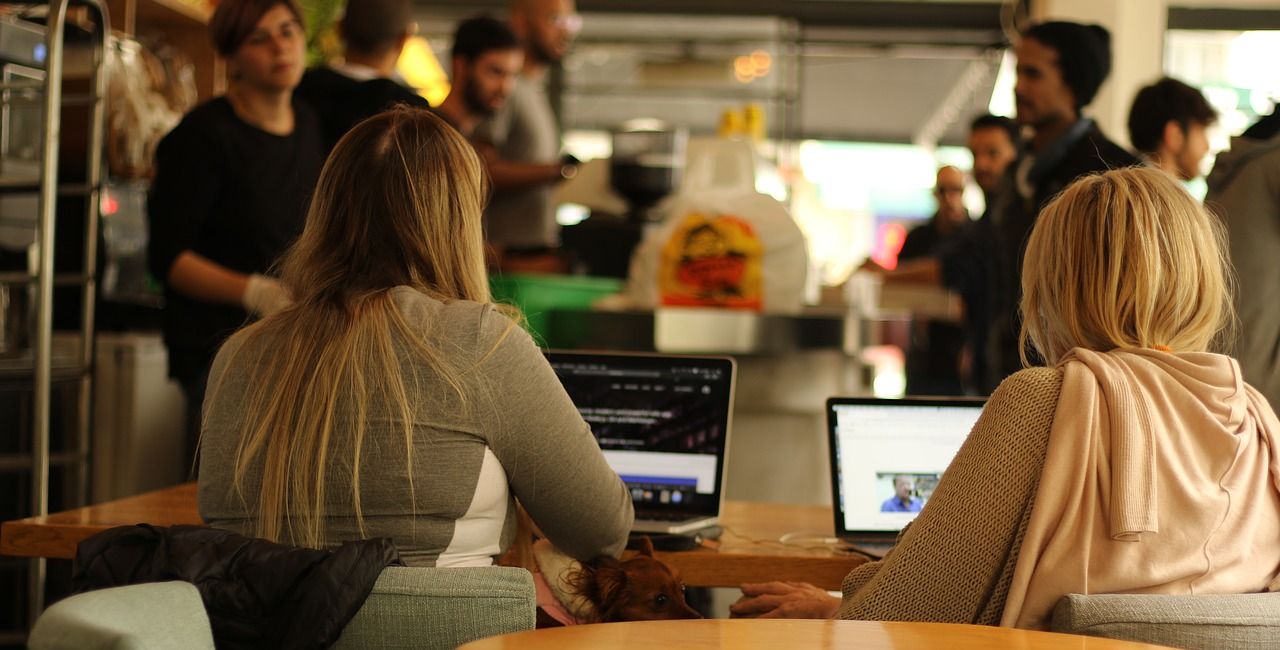
Five projects from students at the Universities of Applied Sciences aim to bring new solutions, among others, to provide new therapy techniques, reusable and customisable shipping bags and to transform the way electronic music is created. Two of the projects applied for the new First Ventures format.
Organized by the Gebert Rüf Stiftung, the First Ventures program provides financial support to students of Swiss universities of Applied Sciences and support for 18 months, enabling them to conceptualize, validate and accelerate the market launch of their ideas. The aspiring startups can secure up to CHF 150’000 and as part of the new format, they can apply for the funds incrementally as their project advances.
Sefit | Elena Börlin | FHNW
With their solution, Sefit addresses the needs of individuals experiencing impaired stimulus filtering, which hinders them from effectively integrating into society, particularly when faced with crowded spaces, events, and public transportation, leading to potential sensory overload and consequent stress, fatigue, and even panic attacks. This struggle is prevalent among individuals with conditions such as ADHD, Asperger's, migraines, stroke, traumatic brain injury, and cancer survivors, regardless of whether they have received an official diagnosis. While therapists often recommend exposure therapy to address these challenges, logistical barriers such as travel and time constraints often hinder its implementation. With the advent of virtual reality and other innovative technologies enabling the recording of everyday situations, such barriers are now surmountable. By digitizing exposure therapy, sefit empowers patients to navigate everyday scenarios seamlessly post-therapy, just as they envisioned before treatment commenced.
SendMeBag | Joshua Kohler | Hochschule Luzern
In Switzerland, over 200 million parcels are sent by the Swiss Post alone, the majority of which are made of disposable cardboard. The SendMeBag project aims to replace disposable cardboard boxes with reusable and customisable shipping bags. In doing so, SendMeBag aims to revolutionise the mail order business in an honest, sustainable and affordable way. By integrating a protective mechanism into the existing shipping bag, it should also be possible to transport more fragile products. As a result, the mailing bag is intended to be a higher-quality alternative to disposable cardboard boxes.
Swiss Plasma Polishing | Yan Scholl | Berner Fachhochschule
Polishing metals is a crucial process in various industries to increase wear and corrosion resistance, decrease surface adhesion, enhance biocompatibility, or magnify gloss. Achieving such high standards with modern mechanical polishing methods is time-consuming and requires manual labour. The most common alternative method is electropolishing (EP), which requires the use of harmful and non-environmentally friendly electrolytes. With Plasma Electrolytic Polishing (PEP), Swiss Plasma Polishing only uses environmentally friendly aqueous electrolytes and thereby achieves even better surface finishings than EP. The core of their machine is to use an electrolyte jet (PEP-Jet) for the selective polishing of metal. With the jet, it is possible to reach areas otherwise impossible to polish with EP or PEP. The PEP-Jet can achieve different polishing finishings on the same workpiece and polish only the areas required. Together with the higher polishing rate compared to EP and PEP, this saves energy and time.
Two projects have applied for the new format of the First Ventures program, securing funds to validate their solutions.
Waviic – Touching Digital Interaction | Daniel Treystman | Zürcher Fachhochschule
Haptics and contextual awareness are equally important to make digital experiences more intuitive. Waviic is developing a haptic interface that is aware of the digital context it's in. Paired with the Haptic Editor Software, users can configure every part of the Waviics interface according to their needs. This solution has the potential to transform the way electronic music is created - by being played more like a traditional instrument, providing another dimension for haptic exploration, or simply by being more intuitive. Our goal is to bring physical devices back into our lives and make them adaptable and vibrant.
Automatically irrigated solar green roof | Daniel Bodenmann | Zürcher Fachhochschule
An irrigated solar green roof combines photovoltaics (PV), green roofs and an automatic rainwater collection and irrigation system. It serves not only to generate energy but also to adapt to climate change, reduce heat, promote biodiversity and close the local water cycle. Around 50% of rainwater is retained, thereby protecting cities from flooding. The irrigated solar green roof remains at a temperature level of 25°C in summer; the cooling capacity of the green roof remains constant due to the irrigation and is 3-4 times higher than a non-irrigated green roof. In contrast, non-green PV gravel roofs (standard solar turbo solution) heat up to 85°C, promote the heat island effect and discharge billions of liters of rainwater into the oceans every year. During heavy rainfall events, which occur more frequently due to climate change, the sewers are overloaded and can cause cities to flood.
(RAN)
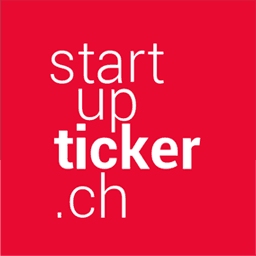

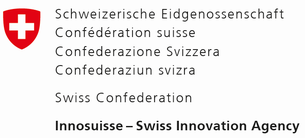
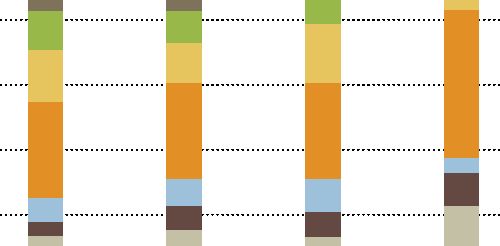

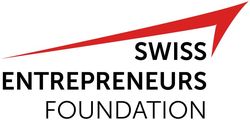


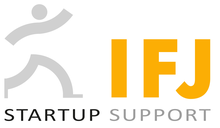




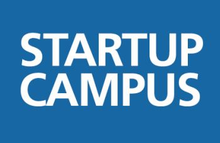



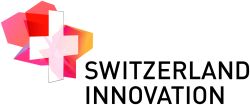
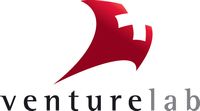









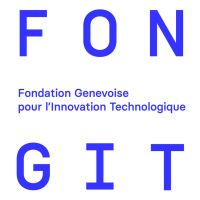






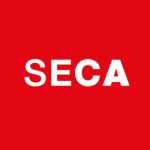


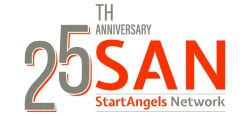
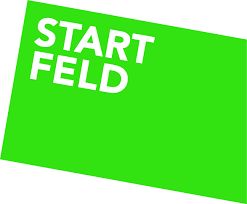
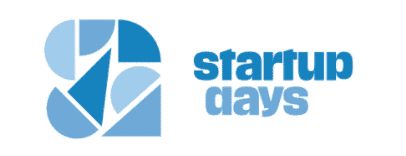








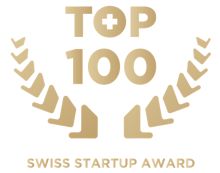





Please login or sign up to comment.
Commenting guidelines